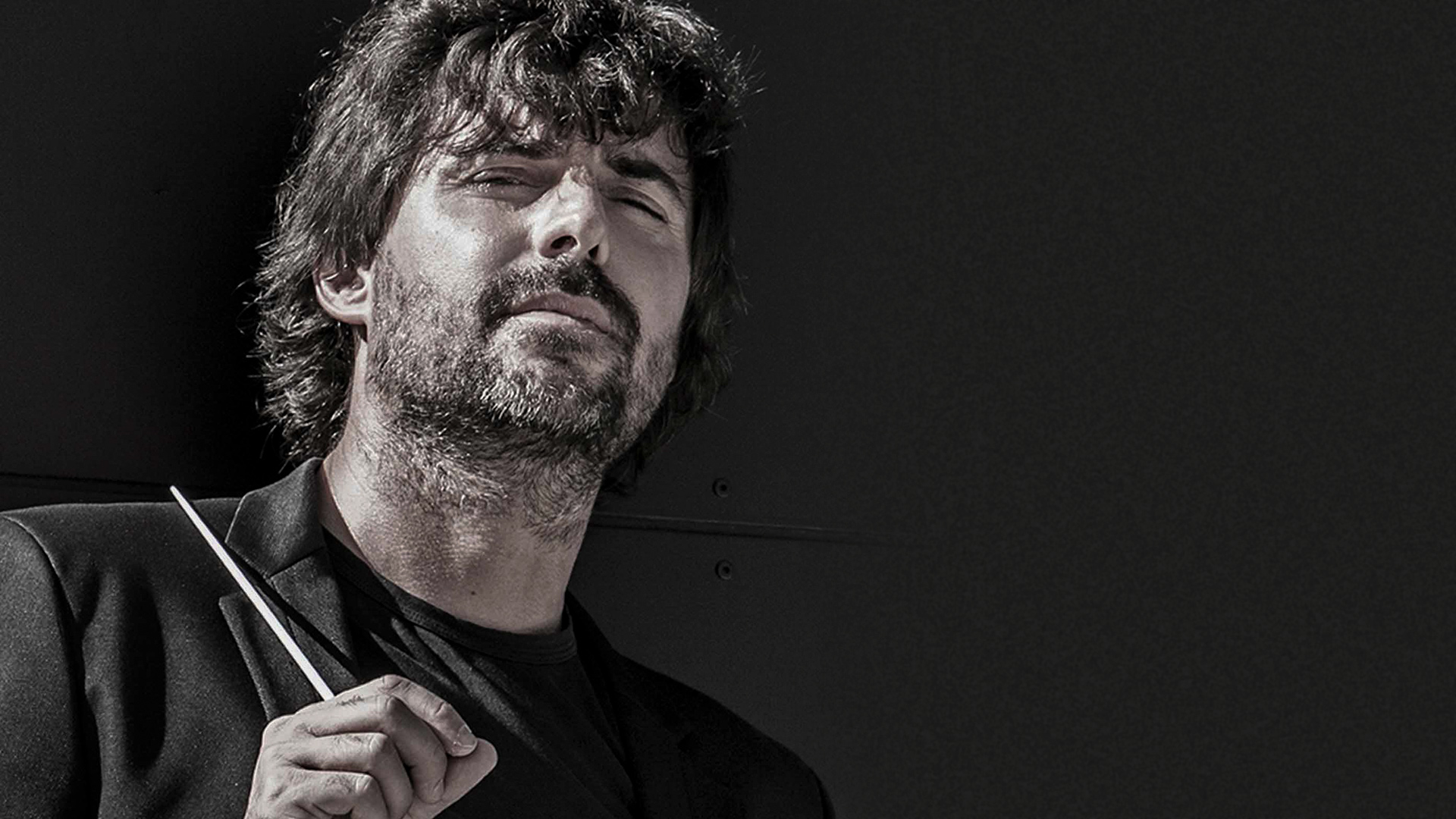FRANZ JOSEPH HAYDN
Symphony n. 64 in A major Tempora mutantur Hob. I:64
GAETANO DONIZETTI
Concertino for clarinet and orchestra in B flat major
GIOACHINO ROSSINI
Variations for clarinet and orchestra
GIUSEPPE MARTUCCI
Notturno op. 70 n. 1
GOFFREDO PETRASSI
Second concert for orchestra
Clarinet
Valeria Serangeli
Conductor
Alessandro Cadario
Opera Carlo Felice Genova Orchestra
The programme opens with Symphony No. 64, called Tempora mutantur, by Franz Joseph Haydn, composed in 1773. The composer’s research at that time was oriented towards a linear and refined symphonism, as if he wanted to render an almost chamber-like language with a larger ensemble. With Symphony No. 64, in four movements, Haydn adds shades of mystery and tension to the limpid and delicate style, achieving a serene synthesis of light and shade in one of his most singular works of the 1970s. The title later attributed to the Symphony is an indication found on a manuscript copy of the score, probably left by the composer himself and taken from a reflection on the mutability of the times and consequently of man by the poet John Owen. Translated with www.DeepL.com/Translator (free version)
Two works for clarinet and orchestra follow: Gaetano Donizetti’s Concertino for clarinet and orchestra in B-flat major, of uncertain date, and Gioachino Rossini’s Variazioni for clarinet and orchestra, from 1809. Both pieces are highly expressive, with immediate and catchy melodies, underlining the two composers’ deep connection to the world of opera. Donizetti’s Concertino is divided into two movements, an Andante sostenuto with a dreamy and evocative tone, in which the composer exalts the softer traits of the clarinet’s sonority, and an Allegretto where brio and virtuosity find their place. Rossini’s Variations, introduced by an Andante followed by an exposition of the Theme, Variations and a Finale, are surprisingly compact – even considering the composer’s young age, 17 at the time – and summarise many of the sonorous nuances of the solo instrument, in turn requiring technique and virtuosity.
By Giuseppe Martucci, a composer, pianist and conductor who lived between 1856 and 1909, the Notturno op. 70 no. is performed. 1, a composition originally written for piano (in 1891) and later arranged by the composer in an orchestral version. The Notturno expresses Martucci’s late Romantic sensibility to the full, with an intense, lyrical writing of intimist and crepuscular evocation and inspired by the models of Brahms and Mahler. It is one of Martucci’s best-known compositions and a fundamental inspiration for the Italian school in the late 19th and early 20th century.
The programme closes with Goffredo Petrassi’s Second Concerto for Orchestra, composed in 1951. The composer was also developing a new language thanks to the avant-garde movements that flourished after the Second World War. Thus this Concerto – composed seventeen years after the first one – represents a significant update of Petrassi’s orchestral writing, with a sometimes almost abstract progression and an overall homogeneity enriched by incisive rhythms and themes and an articulated counterpoint system.
Ludovica Gelpi

